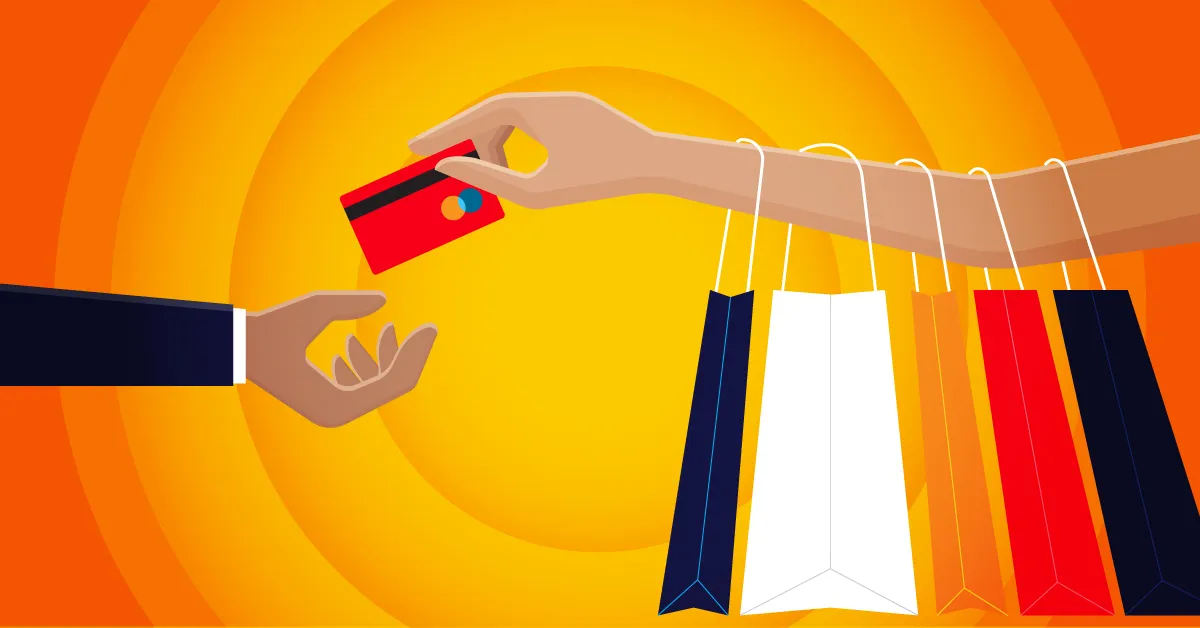Shopping behavior is a complex and multi-faceted aspect of human psychology, influenced by various factors that impact our buying decisions.
Whether you’re a retailer, marketer, or simply curious about why people shop the way they do, understanding shopping behavior is crucial.
In this article, we will delve into the key factors that drive consumer choices and the psychology behind shopping behavior.
The Psychology of Shopping Behavior
- Emotions Play a Vital Role: Emotions often drive shopping behavior. Positive emotions like excitement, happiness, and desire can lead to impulse buying. On the other hand, negative emotions like stress, sadness, or boredom may prompt people to shop for comfort or distraction.
- Social Influence: People are highly influenced by the opinions and behaviors of others. Social factors, including peer recommendations, online reviews, and the influence of celebrities, play a significant role in shopping choices.
- Perceived Value: Shoppers often evaluate the perceived value of a product. It’s not just about the price but also about the perceived quality, features, and benefits. Customers are more likely to make a purchase if they believe they are getting a good deal.
- Cognitive Biases: Shoppers are subject to various cognitive biases that impact their decisions. Confirmation bias, anchoring, and availability bias are just a few examples of how people’s thinking can be influenced during the shopping process.
- Brand Loyalty: Many consumers develop strong brand loyalty over time. Familiarity, trust, and past positive experiences with a brand can lead shoppers to choose certain products consistently.
- Need Fulfillment: At the core, shopping is often driven by the need to fulfill specific requirements. Whether it’s buying groceries to satisfy hunger or purchasing a new phone for improved communication, these needs guide shopping behavior.
Factors That Influence Shopping Behavior
- Cultural Factors: Cultural values, norms, and traditions influence what people consider appropriate and desirable to buy. Different cultures have varying preferences and shopping habits.
- Social Factors: Social circles, family, and friends play a significant role in shaping shopping behavior. People may shop to fit in with their social group or to impress others.
- Economic Factors: Personal finances, income, and economic conditions impact shopping decisions. People with higher disposable income may make different choices than those on a tight budget.
- Psychological Factors: Individual personality, attitudes, and motivations all impact shopping behavior. Some individuals are more impulsive shoppers, while others are more cautious and deliberate.
- Environmental Factors: The physical environment, store layout, music, and lighting can all influence shopping behavior. Retailers use these environmental factors strategically to encourage specific behaviors.
- Online Shopping: The rise of e-commerce has introduced new dynamics to shopping behavior. Convenience, a vast array of choices, and personalized recommendations are just a few of the aspects influencing online shoppers.
Shopping Behavior in Different Settings
- In-Store Shopping: Physical stores offer a sensory experience that online shopping can’t replicate. Shoppers can touch, feel, and try on products, making in-store shopping ideal for items where sensory feedback is essential.
- Online Shopping: The convenience of online shopping is a significant driver of e-commerce growth. Consumers can shop from the comfort of their homes, access a wider range of products, and read reviews and recommendations from other buyers.
- Impulse Buying: Impulse buying is often influenced by emotional triggers. Retailers strategically place enticing items near the checkout counter or use limited-time offers to encourage impulsive purchases.
- Planned Purchases: Some shopping behaviors are highly planned, such as buying groceries, where shoppers make lists and carefully select items based on needs.
- Brand Loyalty: Brand-loyal shoppers tend to make repeat purchases without extensive decision-making. Their trust in a particular brand leads to habitual buying behavior.
Conclusion
Shopping behavior is a multifaceted aspect of human psychology, influenced by a complex interplay of emotions, social factors, cognitive biases, and individual motivations.
Understanding these drivers is essential for businesses and marketers to tailor their strategies effectively and create shopping experiences that resonate with consumers.
As the retail landscape continues to evolve, staying attuned to changing shopping behavior is critical for success in the marketplace.






